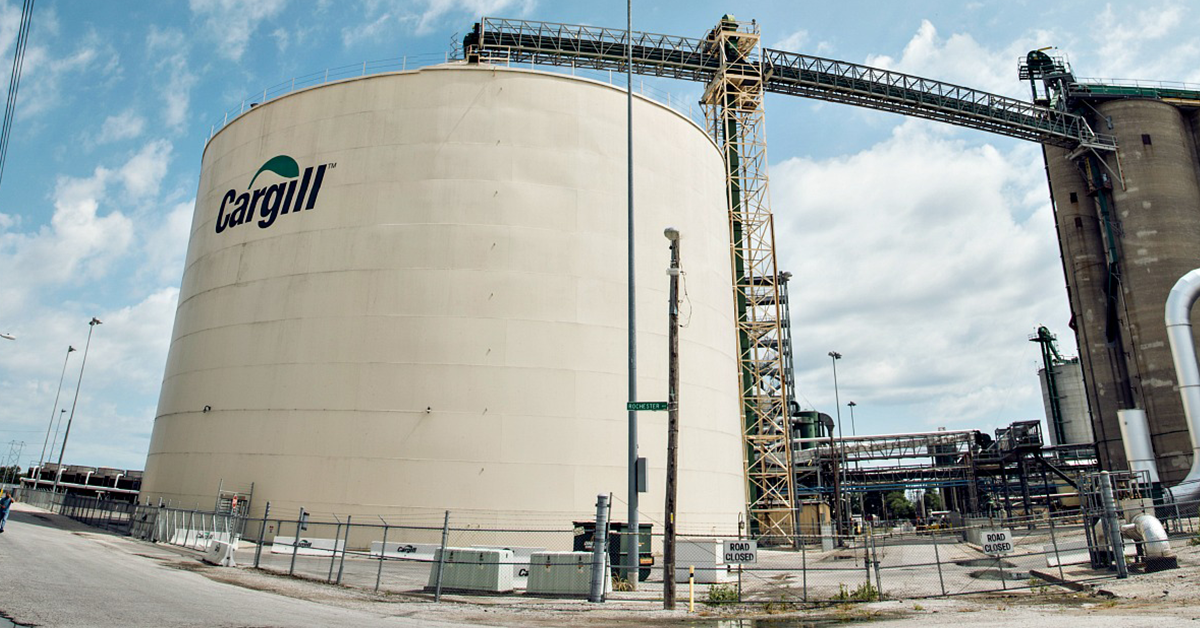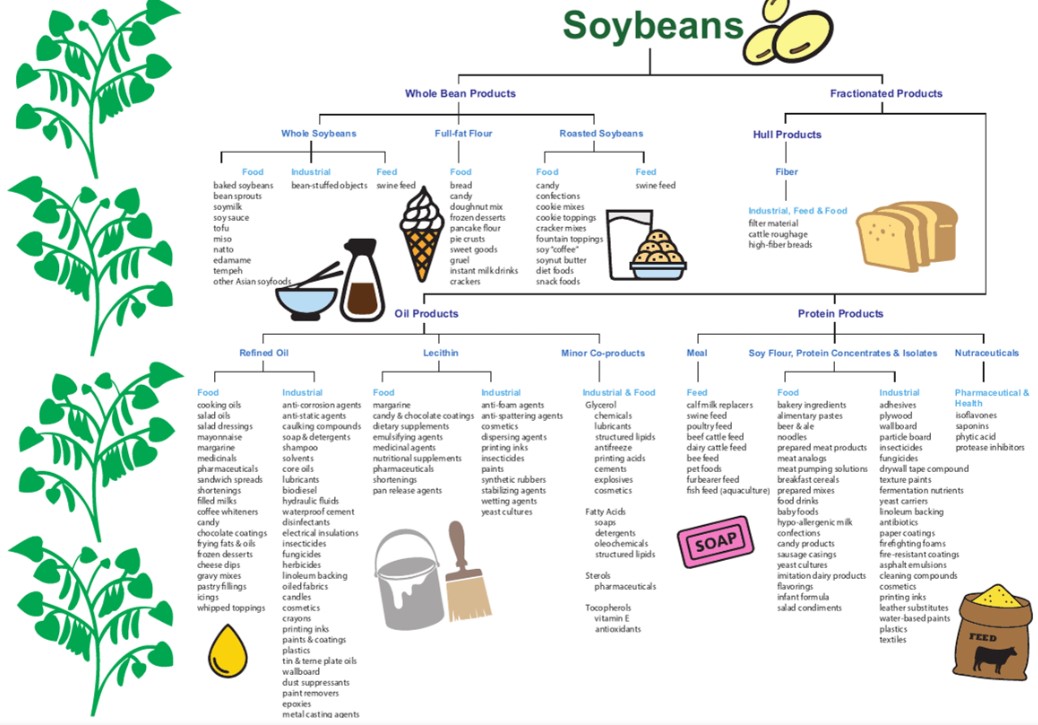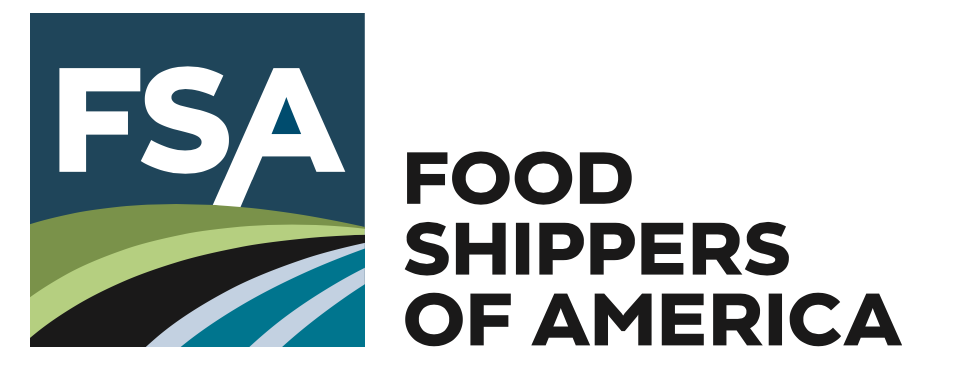Cargill Soybeans: Food Chain Snapshot
by Staff, on May 24, 2022 10:29:11 AM

Cargill, one of the world’s largest food and agricultural products companies in the world, is a member of Food Shippers of America. The company recently announced it will build a soybean processing facility to meet rising oilseed demand.
Cargill plans to build a new soybean processing facility located in Pemiscot County, Mo. Near hayti and Caruthersville to support growing domestic and global demand for oilseeds driven by food, feed and fuel markets. The facility will be the first of its kind for Southeast Missouri with an annual production capacity of 62 million bushels of soybeans.
Cargill anticipates breaking ground on the project early next year with plans to be operational in 2026. The new facility will add approximately 45 full-time positions to the region when complete. "Cargill's new facility, with its location on the Mississippi river, will operate year-round and provide farmers opportunity to take advantage of increased domestic demand versus relying solely on seasonal exports," says Tim Coppage, Vice President and Regional Commercial Lead of Cargill Agricultural Supply Chain North America. "Access to both river and rail will provide more flexibility and market access for farmers."
"Cargill's new facility, with its location on the Mississippi river, will operate year-round and provide farmers opportunity to take advantage of increased domestic demand versus relying solely on seasonal exports," says Tim Coppage, Vice President and Regional Commercial Lead of Cargill Agricultural Supply Chain North America. "Access to both river and rail will provide more flexibility and market access for farmers."
The new location expands Cargill's efforts to modernize and increase capacity across its North American oilseeds network. Last year, Cargill announced a series of projects across North America including significant improvements to its soybean crush facility in Sidney, Ohio and construction of a new canola processing facility in Regina, Sask.
Cargill’s Broader Soybean Supply Chain
Brazil was the largest producer and exporter of soybeans in the world, with 76 MMT exported in 2019. The US followed, exporting 48 MMT. The top five producing states—Iowa, Illinois, Minnesota, Indiana and Nebraska—account for over half of domestic production annually. Just under half of this harvest is exported each year to China, Mexico, Japan, Taiwan and the EU.
Soybean, Glycine max, is part of the Fabaceae or bean family. It is an annual plant used for food and oils and to add nitrogen to the soil as part of crop rotation, typically alternating with corn. Soybean is a protein powerhouse; it can produce at least twice as much protein per acre as any other major vegetable or grain crop, five to ten times more protein per acre than land set aside for grazing animals to make milk and up to 15 times more protein per acre than land set aside for meat production.
From ancient times until the early 1900s, China was the world’s largest soybean producer, growing over 70% of all soybeans. Asian cultures have long used soybeans as a food source, and most soybeans purchased in Asia are for whole bean applications. Both fermented and non-fermented soy are consumed in Asia. Fermented soy foods include tempeh, soy sauce and miso; non-fermented soy foods include tofu, soy milk and soy sprouts.
In non-Asian countries, soybean is used to create many kinds of products, but it is typically sought for its oil, meal and hulls. Thirty million tons of soybean meal and hulls are consumed by livestock as feed each year, and soybean oil makes up almost 80% of all edible oil consumed in the US. The oil is also used in non-consumables such as anti-corrosion agents, soy diesel fuel and waterproof cement. Soy is also used in building materials, cosmetics, clothing items, inks and soaps. Soy food products have also gained in popularity in recent years as researchers have discovered their health benefits. For example, its flavones are said to promote healthy tissue. Soy today can be found in baby formula, chips, smoothies, ice cream, meat alternatives, coffee, cheese, energy bars, tempeh and tofu. The recent introduction and growth of meat replacement products (largely soy-based) is projected to cut into the beef industry’s sales and may affect soy production.
In the early 1900s, the US Department of Agriculture classified soy as an industrial product rather than a food. Soybean remained a minor crop in the US until the 1930s, when interest increased in importing soy for various uses, including food. The US doubled its soybean production in 1942 to meet its wartime need for domestic food products, including proteins, fats and meals. Since then, the US has surpassed Japan and China in soybean production. The production value of US soybeans totaled over US$39 billion in 2018. About 10 percent to 15 percent of all US soybeans go to Japan, Korea and Taiwan.
Soybeans are planted in the field between early and late spring, depending on the latitude, geographic region and variety. Farmers may plant up to ten soybean varieties each season to enable extended growing. The most common soy plants end up with two to three beans per pod. When the soybeans are mature and dry (the beans’ moisture is less than 14 percent in the field), the plants are harvested. In the US, this typically occurs in October or November.
Like other commodity crops, soybeans are harvested by a combine that pulls off the pods, threshes the beans out of the pods and moves the beans into a transport truck. Beans that did not reach the appropriate moisture level in the field typically require additional drying. The beans are moved by truck to regional transport facilities, such as railroad or river terminals, which then ship the beans to the customer’s grain-buying station, processing plant or harbor facility for shipment overseas. Along the supply chain, the beans are stored in silos or other storage bins until being moved to their next destination.
Once the beans are sold to processors, they are made into various products. As with corn, Archer Daniels Midland (ADM) and Cargill are two of the world’s largest soy processors. Ag Processing, Inc., the largest farmer-owned processor in the world, is another major player in the soybean market. Soybeans are either processed directly into products made from whole soybeans, such as soy milk, flours and tofu, or refined further. In the latter case, processors will grade, clean, dry and crack the hull from the soybean. The hulls go on to be made into animal feed or fiber products. The remaining portion goes on to be converted into animal food flakes or full-fat soy flour. The flakes can be further soaked in a solvent to extract soybean oil and lecithin, a product used for baked goods, dairy products and instant foods. The residual defatted soy flakes are ground into animal food or other soy flours for baked goods.
Cargill At A Glance
- 155,000 employees across 70 countries
- Mission: To work relentlessly to achieve Cargill’s purpose of nourishing the world in a safe, responsible, and sustainable way.
- Every day, Cargill connects farmers with markets, customers with ingredients, and people and animals with the food they need to thrive.
- Cargill combines 156 years of experience with new technologies and insights to serve as a trusted partner for food, agriculture, financial and industrial customers in more than 125 countries.
- Cargill has been working to end deforestation related to soy production for more than 20 years.
- View Cargill’s Sustainable Soy Transparency
Like this kind of content? Subscribe to our "Food For Thought" eNewsletter!
Now more than ever, professionals consume info on the go. Distributed twice monthly, our "Food For Thought" e-newsletter allows readers to stay informed about timely and relevant industry topics and FSA news whether they're in the office or on the road. Topics range from capacity, rates and supply chain disruption to multimodal transportation strategy, leveraging technology, and talent management and retention. Learn More



